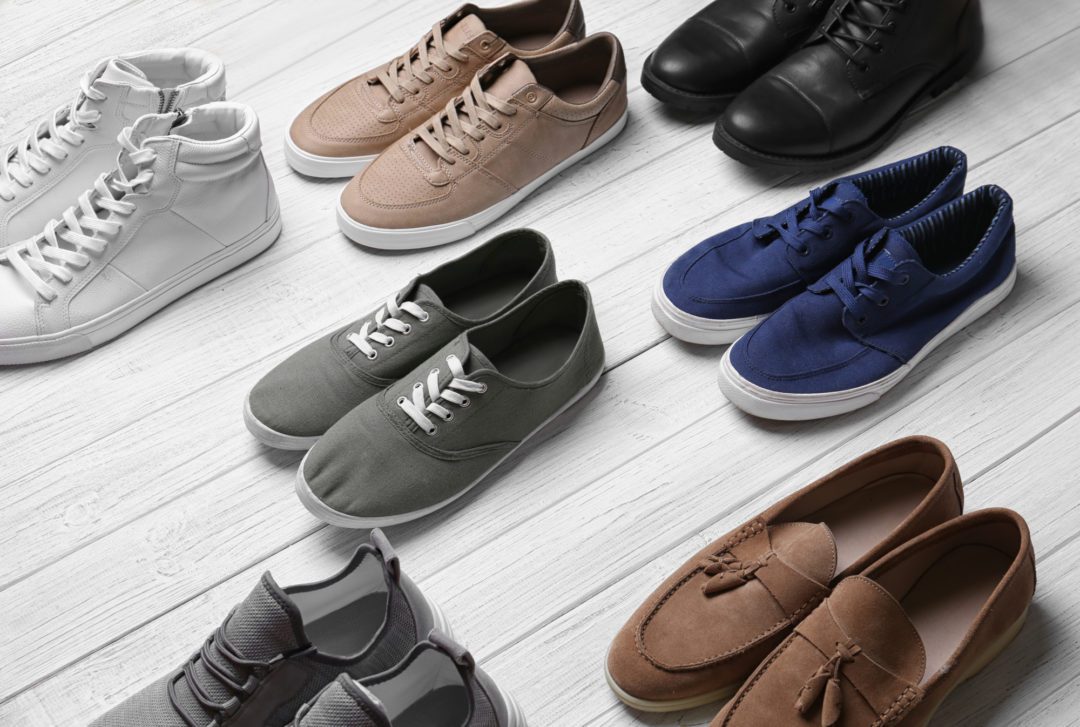
Did you know that shoes are one of the biggest carriers of pathogenic microorganisms in the home?
For the sake of comparison, the average toilet seat has around 4,000 microorganisms at any time. But the average shoe has millions of bacteria on it!
These microorganisms can cause a wide range of diseases, from mild infections like the flu to life-threatening illnesses like meningitis. It’s important to be aware of the risks posed by these organisms and to take steps to protect yourself from infection.
You can protect yourself and your family from dangerous pathogenic microorganisms by understanding how they get tracked indoors. Keep reading to learn more about how disinfecting shoes can limit the chances of pathogenic microorganisms entering your home.
What Are Pathogenic Microorganisms?
Pathogenic microorganisms are tiny organisms that can cause disease. These organisms are often too small to be seen with the naked eye and can only be seen through a microscope.
You can spread pathogens through contact with infected people, animals, or objects, ingesting contaminated food or water, or bites from infected insects. They also spread through the air in droplets produced when an infected person coughs or sneezes.
Why Should You Be Concerned About Them?
Pathogenic microorganisms can cause various diseases, from mild infections like the flu to life-threatening illnesses like meningitis. Young children, the elderly, and immune-compromised people are at a greater risk of contracting those diseases. Be aware of these organisms’ risks and take steps to protect yourself from infection.
The risks associated with exposure to pathogenic microorganisms vary depending on the type of microorganism involved. Some organisms cause only mild illnesses, while others can lead to severe or life-threatening diseases.
A recent study examined microcontaminants across 35 countries to discover the top 10 pathogenic microorganisms most commonly found on shoes. The study found that the following organisms were present on shoes:
Escherichia Coli
Escherichia Coli (E. Coli) is commonly found on the bottoms of shoes. E. Coli is a bacteria in the gut of humans and animals. In layman’s terms, it’s bacteria from poop. It’s often picked up from public restrooms or animal droppings outdoors.
Clostridium Difficile
Clostridium difficile is another pathogenic microorganism commonly found on shoes. C. difficile is a bacteria that can cause severe diarrhea and other gastrointestinal problems. C. difficile infections are often seen in hospitals and other healthcare settings.
Staphylococcus Aureus
Staphylococcus aureus (S. aureus) is a pathogenic bacteria that can cause many infections, from skin infections to life-threatening illnesses like pneumonia. Medical facilities have a higher risk for S. aureus infections.
Serratia Ficaria
Serratia ficaria is a pathogenic bacterium commonly found on shoes. Serratia ficaria can cause several types of infections, including respiratory tract infections, urinary tract infections, and soft tissue infections.
How to Protect Yourself
Nobody wants pathogenic microorganisms in their home. Taking a few simple precautions can help protect yourself and your family from these potentially harmful organisms. Here are some of the things that you can begin to do today:
Leave Your Shoes at the Door
One of the easiest ways is to leave your shoes at the door. Ask visitors to remove their shoes and provide slippers for their comfort. If you need foot support indoors, use a pair of shoes as your “indoor” shoes that never leave the house.
Wash Your Hands
Maintain a good habit of washing your hands often. Washing your hands, especially before eating, is one of the best ways to protect yourself from bacteria. It’s also important to wash your hands after you’ve been in contact with someone who is sick or after you’ve been in a public place.
Avoid Touching Your Face
Another simple way to protect yourself is to avoid touching your face. Pathogenic microorganisms can enter your body through your nose, mouth, or eyes. If you must touch your face, wash your hands first.
Keep Your Kitchen Clean
Disinfect surfaces that may be contaminated, including floors, counters, appliances, and sinks.
Disinfect Shoes
If you must wear your shoes inside, disinfect them regularly. There are several ways to do this, including spraying them with a solution of bleach and water or using a shoe sanitizer.
How to Sanitize Shoes
But one of the best ways to protect yourself from pathogenic microorganisms is to disinfect your shoes before going indoors.
A UV light shoe sanitizing station is an effective way to prevent pathogenic microorganisms from entering your home. But we’ve improved it with our UVC Ozone Disinfection Technology.
Our shoe sanitizing station uses ozone and UV light (UVC) to kill 99.999% bacteria and viruses on shoes. With our disinfecting technology, you can rest assured that your shoes are clean and pathogen-free. It’s 110% more effective than UV light alone!
To disinfect shoes with the UVZone, plug it in and step on it. The station will do the rest, sanitizing your shoes in six to eight seconds. Independent parties have tested and verified it for safety and efficacy.
The UVZone is perfect for use in homes, offices, schools, hospitals, and other public places. It’s the ideal way to keep pathogenic microorganisms from entering your home and making you sick.
Try a Shoe Sanitizing Station Yourself
Although there are things you can begin to do today to protect yourself, the most effective way is to use a shoe sanitizing station. It’s the perfect solution for businesses and facilities that want to provide a safe and pathogen-free environment.
UVZone is a safe, effective product to integrate into medical facilities, food processing plants, office buildings, daycare centers, and homes to prevent pathogens from being brought inside.
If you’re interested in learning more about our shoe sanitizing station or want to order one for your home or business, please contact us! Our customer service team would be happy to answer any of your questions.
Please visit our website for more information about pathogenic microorganisms and how to protect yourself from them. Then schedule a free virtual demo with one of our product experts to see the UVZone in action!

